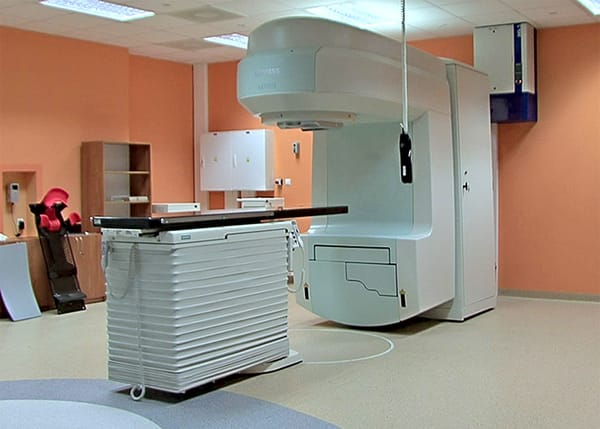SteamOS is coming to more gaming handhelds - and it's awesome!

If you're a fan of portable PC gaming, you've probably heard of the Steam Deck, Valve's handheld device that can run PC games on a Linux-based operating system called SteamOS 3. The Steam Deck has been a huge success since its launch in 2022, thanks to its impressive hardware, ergonomic design, and seamless integration with Steam.
But the Steam Deck is not the only device that can run SteamOS 3. In fact, a new competitor has just entered the market: the Ayaneo Next Lite, the first non-Valve portable hardware that comes with SteamOS pre-installed. This is a big deal, because SteamOS 3 offers many advantages over Windows for portable PC gaming, and it could pave the way for more devices to adopt Valve's gaming-focused operating system.
UPDATE: After 2 weeks post-announcement, Ayaneo announced that it will come with Windows 11 instead. Read more below

The benefits of SteamOS
One of the main benefits of SteamOS 3 is the cost. Unlike Windows, which requires a license fee for OEMs, SteamOS 3 is free and open-source. This means that device makers can save money on the operating system and pass the savings on to the consumers. Ayaneo claims that the Next Lite "integrates outstanding cost-effectiveness" and will be "the all-new cost-effective choice with flagship experiences."
Another benefit of SteamOS 3 is the interface. Windows is designed for desktops, laptops, or tablets, not for handheld gaming devices. Using Windows on a small touchscreen can be frustrating and cumbersome, especially when you have to tweak settings or install drivers for your games. SteamOS 3, on the other hand, is designed for the Steam Deck, and it shows. The operating system has a sleek and intuitive interface that is optimized for a 7-inch screen and joystick navigation. It also has features like a "suspend" mode, battery optimization, and pre-configured game settings that make gaming on the go a breeze.
But perhaps the most impressive benefit of SteamOS 3 is the compatibility. SteamOS 3 uses a technology called Proton, which is a compatibility layer that allows Windows games to run on Linux. Thanks to Proton, thousands of Steam games are certified as "Playable" or better on SteamOS 3, including most of the popular titles. This is a huge improvement from the days of Steam Machines, when Linux gaming was a niche and unsupported by many developers and publishers.
SteamOS 3 also has some unique features that Windows can't match, such as the ability to stream games from your desktop PC to your portable device over a local network or the internet. This means you can enjoy your entire Steam library on the go, even if your portable hardware can't run some of the more demanding titles natively. You can also use your Steam Deck as a controller for your PC games, or connect it to a TV or monitor and use it as a console-like device.
Awesome! But there are some limitations.
Of course, SteamOS 3 is not perfect, and there are still some drawbacks and limitations to consider. For one thing, SteamOS 3 is still in beta, and Valve warns that "you should not install it unless you are very comfortable with Linux, as it may render your computer unusable or cause data loss." There may be bugs, glitches, or compatibility issues that could affect your gaming experience.
For another thing, SteamOS 3 is not compatible with every PC game ever made, and some games may still run better on Windows. For example, games that use anti-cheat software or require online authentication may not work on SteamOS 3, or may have reduced functionality. Some games may also have lower performance or graphical quality on SteamOS 3, depending on the optimization and support from the developers.
Another one is that Gamepass does not work on SteamOS/Linux. Gamepass is a great deal, and it's an unfortunate reality that many Steam Deck and Linux gamers face. The only alternative is installing Microsoft Edge on SteamOS and streaming Gamepass games from the cloud.
The future of SteamOS 3
Despite some of these rather minor drawbacks and limitations, SteamOS 3 is a game-changer for portable PC gaming, and it could have a significant impact on the future of the industry. SteamOS 3 shows that Linux can be a viable alternative to Windows for gaming, and that Proton can bridge the gap between the two operating systems. SteamOS 3 also shows that Valve is serious about supporting and expanding its gaming ecosystem, and that it is willing to share its technology and expertise with other device makers.
The Ayaneo Next Lite is the first non-Valve device to come with SteamOS 3 pre-installed, but it hopefully may not be the last. Valve has said that it is open to working with other manufacturers who want to use SteamOS 3 on their devices, and that it will provide them with the necessary tools and resources. This could lead to more diversity and innovation in the portable PC gaming market, and more choices and options for the consumers.






